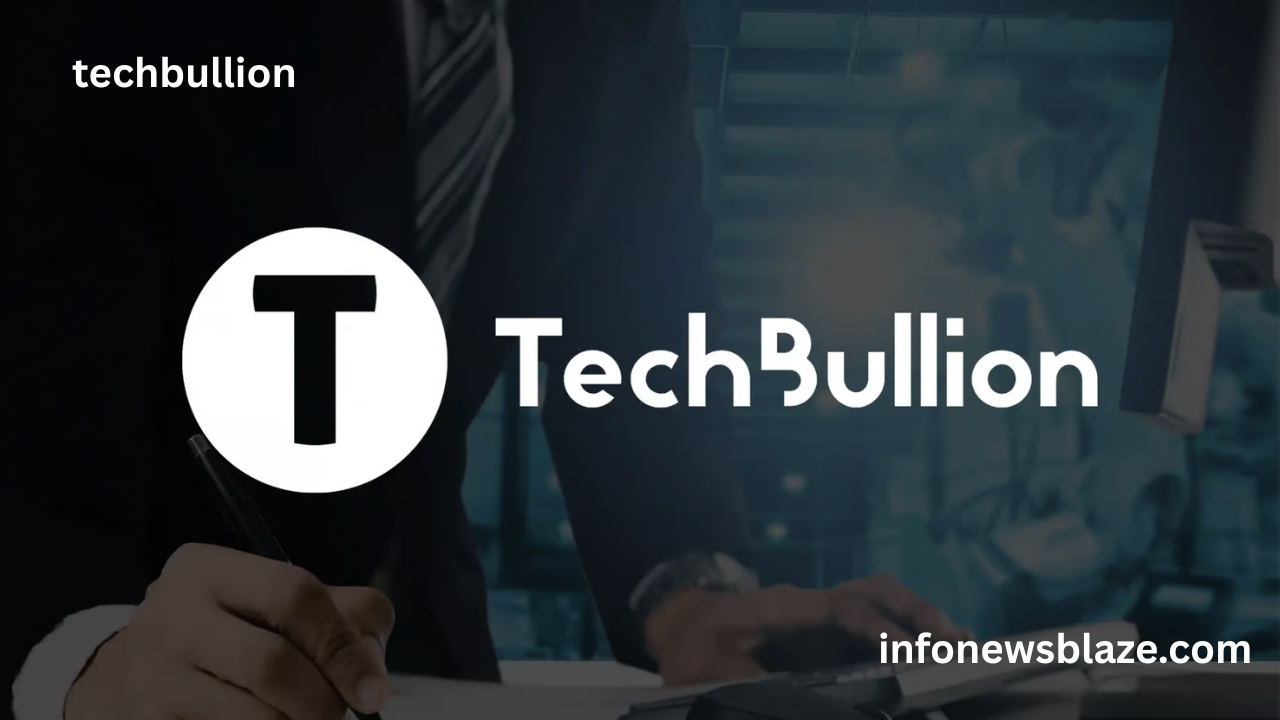Introduction
In today’s workbrain fast-paced business environment, workforce efficiency has become more than a buzzword—it’s a necessity. Companies, both large and small, are under constant pressure to maximize productivity while maintaining labor compliance and fostering employee satisfaction. To stay ahead, organizations are turning to smart workforce management solutions that can automate and streamline core HR functions. One such robust tool leading the charge is Workbrain.
Workbrain is a dynamic workforce management system designed to simplify the complex tasks of scheduling, time tracking, attendance monitoring, and more. It serves as a comprehensive platform for HR departments, operations managers, and payroll teams looking to reduce manual efforts and enhance organizational performance. From real-time labor data to smart scheduling algorithms, Workbrain brings together all the features necessary for efficient labor management under one digital roof.
Whether you’re a multi-location retail chain, a healthcare facility with rotating shifts, or a manufacturing plant with a high volume of hourly workers, understanding how Workbrain can fit into your business ecosystem is critical. This article serves as your go-to guide, diving deep into Workbrain’s capabilities, benefits, implementation best practices, and how it stacks up against competitors. By the end, you’ll have a clear perspective on whether Workbrain is the right solution for your workforce needs.
What is Workbrain?
Definition and Core Functionality
At its core, Workbrain is a workforce management (WFM) solution engineered to automate the labor-related functions within an organization. It streamlines processes such as timekeeping, attendance tracking, leave management, and employee scheduling. With built-in compliance tools and data analytics, Workbrain minimizes human error and helps organizations maintain consistency across various workforce operations.
Designed for scalability and versatility, Workbrain can be deployed in both cloud-based and on-premise environments, depending on an organization’s infrastructure. Its modular design allows businesses to adopt only the components they need, such as time and attendance or advanced analytics, making it a flexible choice for various industries. Additionally, Workbrain supports real-time data processing, ensuring that management always has up-to-date insights into workforce performance and labor costs.
History and Evolution
Workbrain originally emerged as a powerful standalone workforce management platform in the early 2000s. Recognized for its strong feature set, it quickly gained traction among enterprise-level companies. Eventually, it was acquired by Infor—a global software company known for its ERP and business applications. This acquisition allowed Workbrain to integrate more seamlessly with other enterprise tools, further enhancing its value proposition.
Under Infor’s stewardship, Workbrain evolved significantly. New functionalities were introduced, user interfaces were modernized, and mobile capabilities became a standard feature. This continuous innovation has allowed Workbrain to remain competitive in an industry that is rapidly embracing digital transformation. Today, it’s widely recognized for delivering a robust, integrated workforce management experience that adapts to the ever-changing needs of modern businesses.
Core Features and Capabilities
Time and Attendance Tracking
One of Workbrain’s standout features is its sophisticated time and attendance tracking. This module allows employees to clock in and out using various methods—biometric scanners, mobile devices, or browser-based interfaces—ensuring flexibility and accessibility. Employers gain full visibility into shift compliance, tardiness, and absenteeism, helping them identify patterns and address issues before they escalate.
Moreover, Workbrain automatically calculates work hours, overtime, and holiday pay based on custom policies. This not only saves time but also reduces errors associated with manual calculations. With audit-ready logs and compliance tools, companies can confidently navigate labor regulations and union agreements without fear of non-compliance or financial penalties.
Employee Scheduling
Effective scheduling can make or break a business, especially in industries like retail, healthcare, and hospitality. Workbrain’s employee scheduling module provides advanced tools for shift planning based on employee availability, labor demand forecasts, and skill sets. Managers can create, adjust, and share schedules in real time, significantly reducing scheduling conflicts and ensuring optimal coverage.
The self-service portal allows employees to view their schedules, swap shifts, or request changes, which fosters transparency and autonomy. With automation driving the scheduling process, managers spend less time on spreadsheets and more time on strategic decision-making. This proactive scheduling capability helps reduce absenteeism and improves employee morale by creating a fair and flexible work environment.
Leave and Absence Management
Tracking employee leaves manually can be time-consuming and error-prone. Workbrain’s leave and absence management module offers a centralized system for managing vacation days, sick leaves, and other time-off requests. Integrated with payroll and HR systems, it ensures that all leave-related data flows seamlessly, avoiding discrepancies or payment issues.
This module also allows organizations to set rules around accruals, carryovers, and blackout periods, making it easier to enforce company policies. Employees benefit from transparent access to their leave balances, while managers can plan better knowing who’s available and when. The result is a balanced workforce and improved operational planning.
Analytics and Reporting
With built-in analytics and reporting tools, Workbrain transforms workforce data into actionable insights. Managers can access visual dashboards that highlight performance trends, labor costs, attendance anomalies, and compliance status. Custom reports can be generated with ease, enabling detailed analysis by department, location, or job role.
Advanced users can even apply predictive analytics to forecast staffing needs, identify cost-saving opportunities, or flag potential HR risks. This data-driven approach empowers decision-makers to optimize workforce strategy, improve productivity, and maintain compliance—ultimately driving profitability and long-term business success.
Benefits of Using Workbrain
Operational Efficiency
Workbrain’s automation capabilities are a game-changer for organizations looking to boost operational efficiency. By digitizing tasks like scheduling, attendance tracking, and leave management, companies can reduce administrative workloads and human errors. This translates to faster processes, better data accuracy, and more time for strategic HR initiatives.
From minimizing time theft to automatically updating schedules based on labor laws or employee availability, Workbrain ensures that every aspect of workforce management runs like a well-oiled machine. This efficiency not only cuts costs but also allows HR and management teams to focus on high-impact activities that drive growth.
Improved Labor Compliance
Staying compliant with labor laws, union contracts, and organizational policies is crucial for any business. Workbrain provides built-in compliance frameworks that help ensure adherence to these rules automatically. With real-time alerts, automated policy enforcement, and detailed audit trails, the system minimizes the risk of violations and associated penalties.
Workbrain’s compliance tools are especially beneficial for companies operating in multiple jurisdictions, each with its own regulations. By embedding these rules into the system, Workbrain ensures consistency and legal peace of mind across the entire organization.
Enhanced Employee Engagement
Engaged employees are productive employees. Workbrain supports employee engagement through features like mobile access, shift swap options, and self-service portals. These tools empower staff to manage their schedules, view time balances, and request time off independently, fostering a sense of ownership and transparency.
Additionally, by creating fair and flexible work environments through smart scheduling and accurate payroll, Workbrain helps build trust and satisfaction among the workforce. The result is lower turnover rates and a more motivated team ready to contribute their best.
Financial Optimization
Errors in time tracking and payroll can be expensive. Workbrain reduces these risks by ensuring accurate data flows across all HR and payroll systems. It enables businesses to better forecast labor costs, manage overtime, and optimize staffing levels, all of which contribute to significant financial savings.
By eliminating inefficiencies and making labor costs more predictable, Workbrain ultimately helps businesses increase their return on investment. For companies with large or complex workforces, these savings can be substantial and long-lasting.
Conclusion
Workbrain stands out as a comprehensive and reliable solution for workforce management in the modern era. Its feature-rich platform covers everything from time tracking to advanced analytics, helping businesses streamline operations, maintain compliance, and enhance employee satisfaction. Whether you’re a growing business or a large enterprise, Workbrain offers the tools needed to optimize your labor force and stay competitive in a constantly evolving marketplace.
As with any business decision, evaluating your unique operational needs is key. Workbrain’s flexibility, scalability, and robust integration capabilities make it a strong contender for organizations seeking a transformative workforce management experience.
Frequently Asked Questions (FAQs)
- What companies typically use Workbrain?
- Enterprises in retail, manufacturing, healthcare, and hospitality with large hourly workforces.
- Is Workbrain suitable for small businesses?
- It can be, but it’s most effective for mid-to-large organizations with complex scheduling needs.
- Can Workbrain integrate with existing payroll systems?
- Yes, Workbrain supports integration with major payroll and ERP platforms.
- How long does it take to implement Workbrain?
- Implementation timelines vary, but generally range from a few weeks to several months depending on complexity.
- Is Workbrain accessible via mobile devices?
- Absolutely. Workbrain offers a mobile-friendly interface for both managers and employees.
You May Also Read: https://infonewsblaze.com/windy-point-vista/








